Writing Believable Characters
I liked the plot, but I just couldn’t get into this book. The main characters weren’t believable.
It’s one of those critiques that is hard to counter. An unbelievable character is like a house guest that’s stayed too long, with everyone silently wishing they would leave or at least hide out in their bedroom. A reader wants to enjoy the language or plot or themes of a book, but this character, whose actions don’t make sense (and not in a good way), keeps spoiling the scene.
Unbelievable characters are “too something” – too nice, too evil, too stupid. Sometimes it’s complete – the paper-thin villain whose every minute is spent planning/executing a dastardly scheme–sometimes it’s a specific drop out – the otherwise savvy journalist who leaves her cell phone in the car as she goes into a stranger’s house alone. It’s almost always done for plot reasons. The author needs the characters in the right spot, both physically and emotionally, in order to have a satisfactory confrontation.
I suspect they’re often working backwards:
- John needs to be both shocked and angry at with his wife, Jane, to justify him murdering her.
- So, he can’t have figured out that she’d been cheating on him until moments before the confrontation.
- Therefore, he’ll need to be oblivious to all the clues that the author is dropping.
- But John is supposed to be a smart guy (he’s a doctor after all) so instead of portraying him as an idiot, the author makes him the sweetest, nicest guy, one who can’t imagine his wife doesn’t love him.
- Result: You have an incredibly sweet and loving guy who in the final quarter of the book murders his wife.
I recently finished a book, one of those page-turning thrillers, when the events of the story should have been averted from the very first scene (chronologically speaking). The main character gets a disturbing text from an unknown number and then, inexplicitly, she doesn’t tell her husband. There’s no dark secret in her past making her stay silent or reason to distrust her husband. There is an issue that he’s being over protective about her working late hours and she fears he’ll ask her to quit her job. But it’s hard to buy that as a justification for why she doesn’t tell him — after a scene when she’s driving home late at night, scared out of her mind — that someone is following her car. Furthermore, it’s not one of those “one poor decision sets off a rollercoaster of bad things” kind of stories; there are multiple circumstances during which she’s distraught and in a natural position to confide in him, but she doesn’t.
As a reader, I was disappointed. I couldn’t engage in the heroine’s circumstances and didn’t much care when things went badly for her. As a writer, I understand that working authors who complete one or more books per year don’t have the luxury of extensive writer group feedback and multiple re-writes. Still, when I see failures in published novels (the kind that get close to 100,000 reviews on Goodreads), I want to know how and why they went wrong, as to be a better writer myself.
Writing a novel is turning a series of life events (often involving numerous people) into a cohesive story with structure and meaning. And to do this, we need to cut things out. I assume most people are like me, a jumble of ideas and aspects and actions. If I were to try to represent all of that on paper, my novel would blast past 100K words before I even got through the setup, never mind how muddled and confusing it would be for the reader. So, we whittle our characters down to defining features that support their motives and reactions enough for the reader to follow.
I find it easier to start off with too much character depth and then winnow it down. I may initially write a flashback of a character being bullied in high school that runs several pages and slows down the pacing of the story. Condensing it to a single paragraph means cutting a bunch of details, but they still exist in my mind, and they still guide the character’s behavior. That original version keeps my conflicts from being cliche, my descriptions generic. Rather than simply justifying a plot point, it makes the character real to my readers.
But it could work the other way. Writers may work out the plot first, with the characters mostly just moving through the first draft. And then, through careful examination (and listening to feedback from beta readers), identify the places a character’s actions don’t make sense and modify the personalities and backstories to make the plot’s twists and turns believable. If, in that novel I was reading, the main character had a shady past she feared her husband might find out about, then her hiding the texts makes more sense. I’d still think (rightly) that she was making a horrible mistake, but I’d understand why.
So, barring an insightful beta reader to set you straight, how to tell if your character is believable? As an exercise/experiment, imagine one of your characters as a friend or (if they’re not the person you’d willingly spend time with) a relative. Sit them down and have them tell their own story. While they talk, do you nod along and think–yeah that was a reasonable approach–or at least, at the time, given what they knew, could you see yourself making the same mistake? Conversely if, as they explain their actions, you find yourself sighing or cringing, is their explanation keeping with who they are? Think of Basil Fawlty, Michael Scott, Coyote (from The Roadrunner) or any character from a Coen brothers movie; their personalities are such that they will always snatch defeat from the jaws of success.
Crafting believable characters is a skill learned through experience. You won’t know if you’ve gone too far or not far enough until you have the words down and can look at the story as a whole. It all comes down to that unavoidable truth: writing is hard.

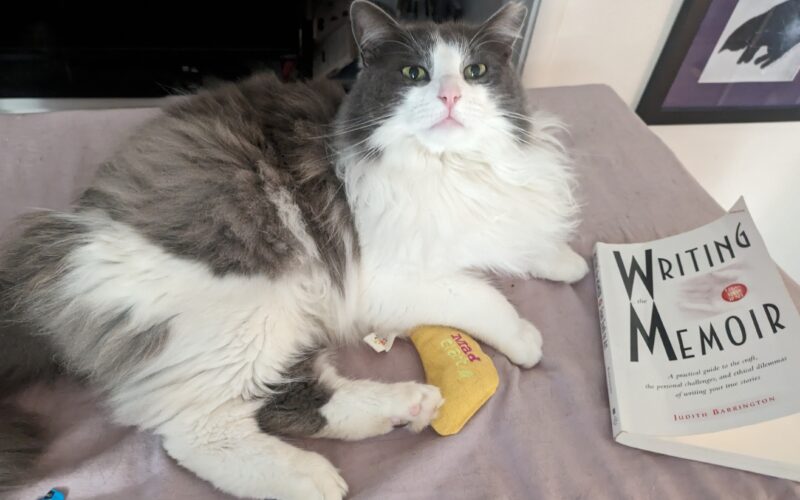
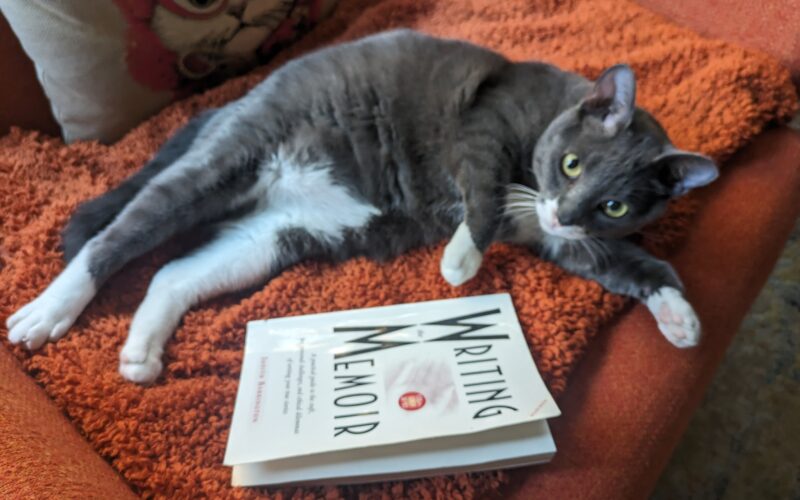
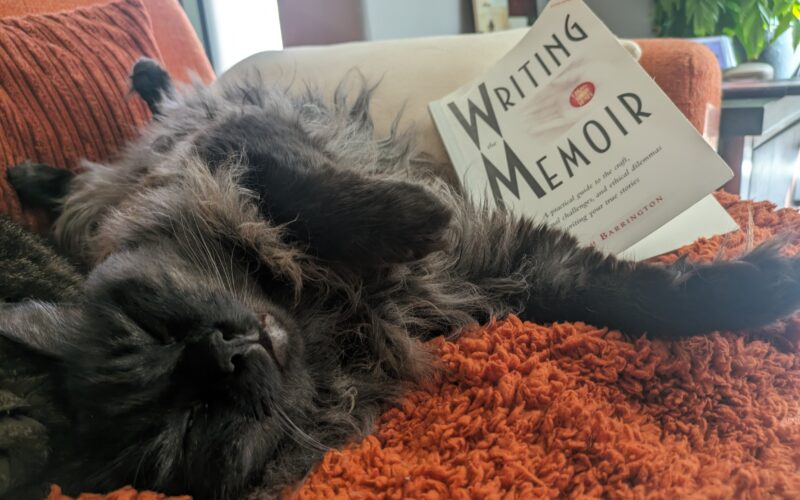
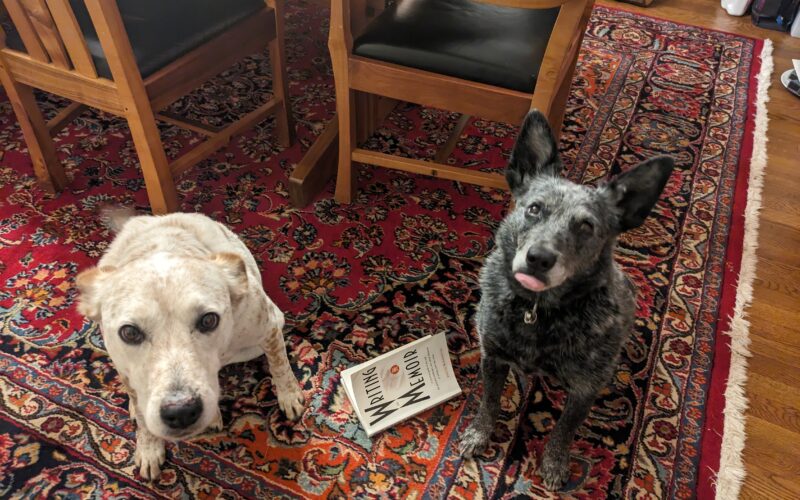
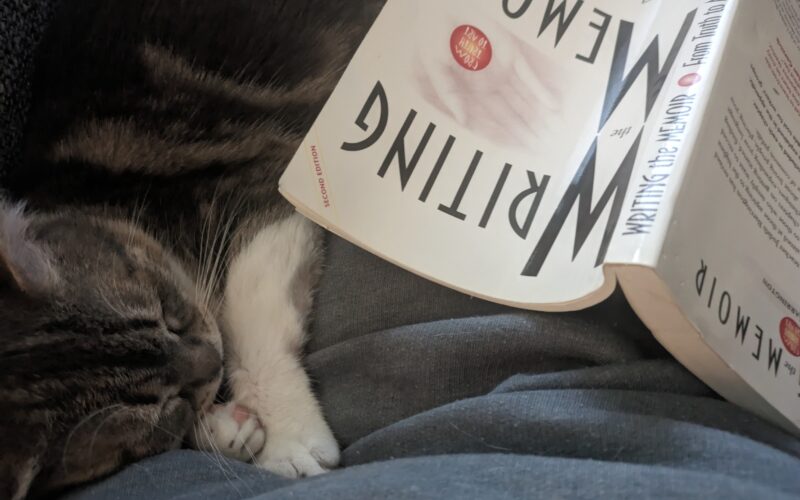
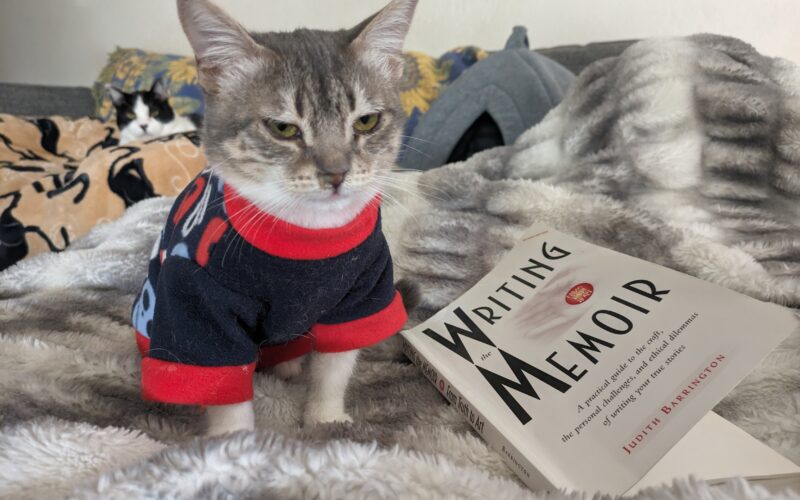
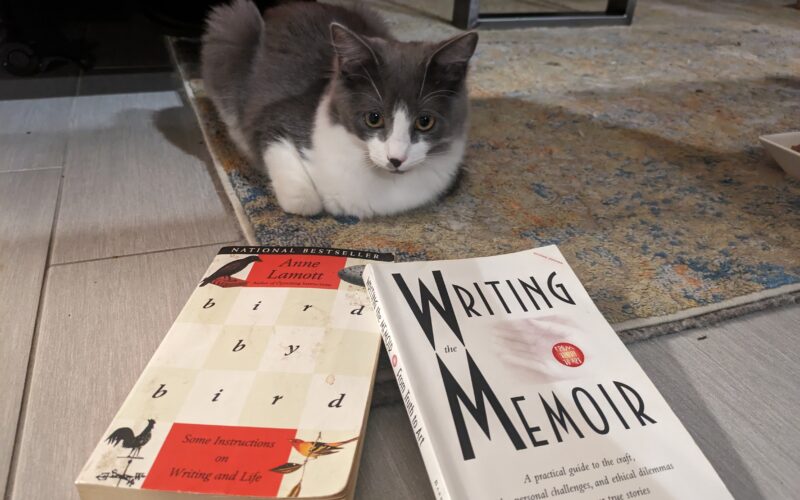
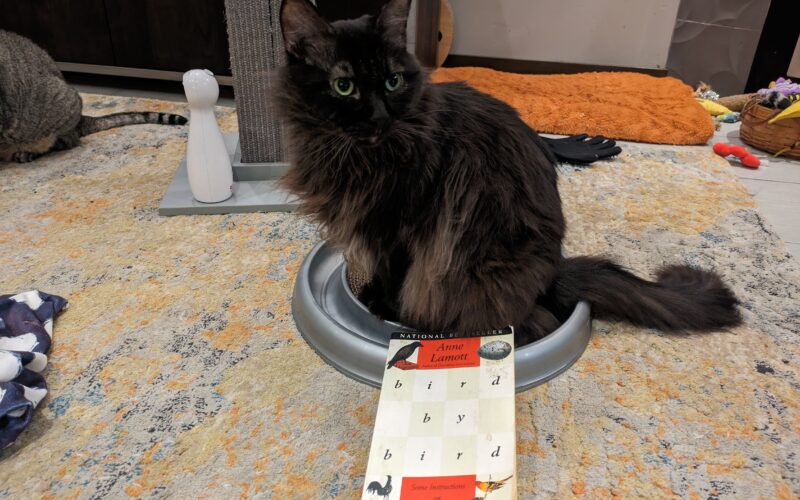
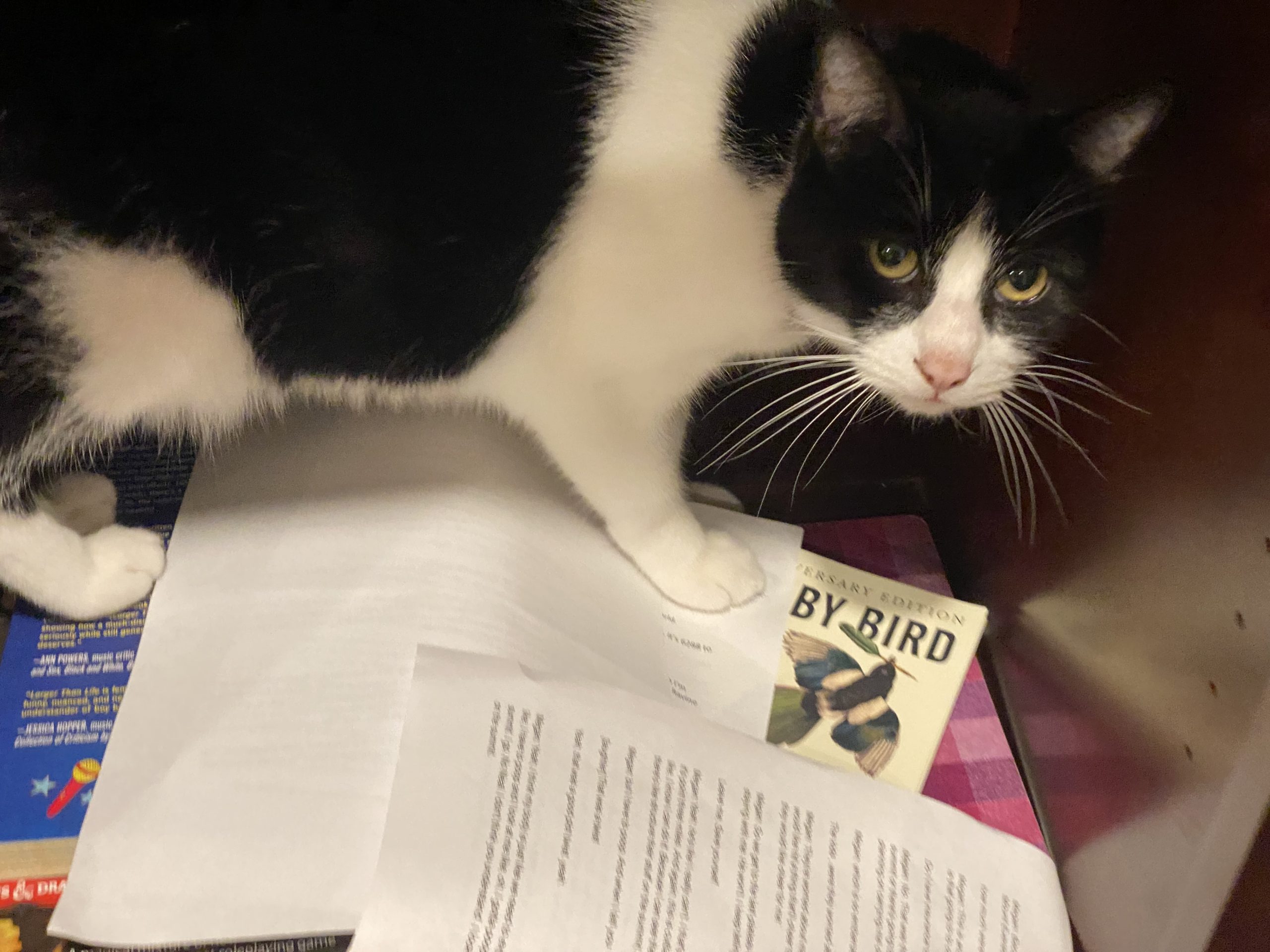
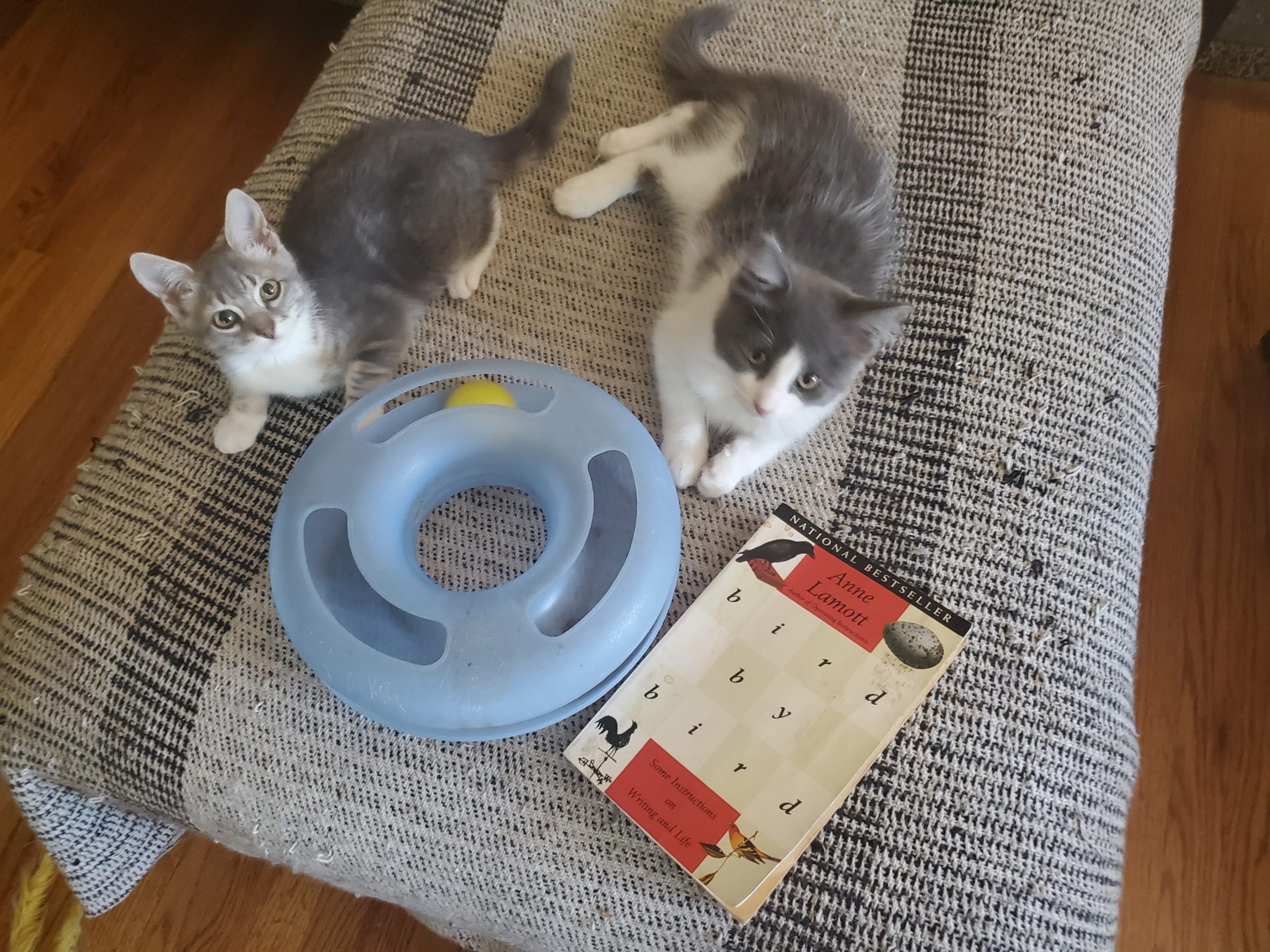
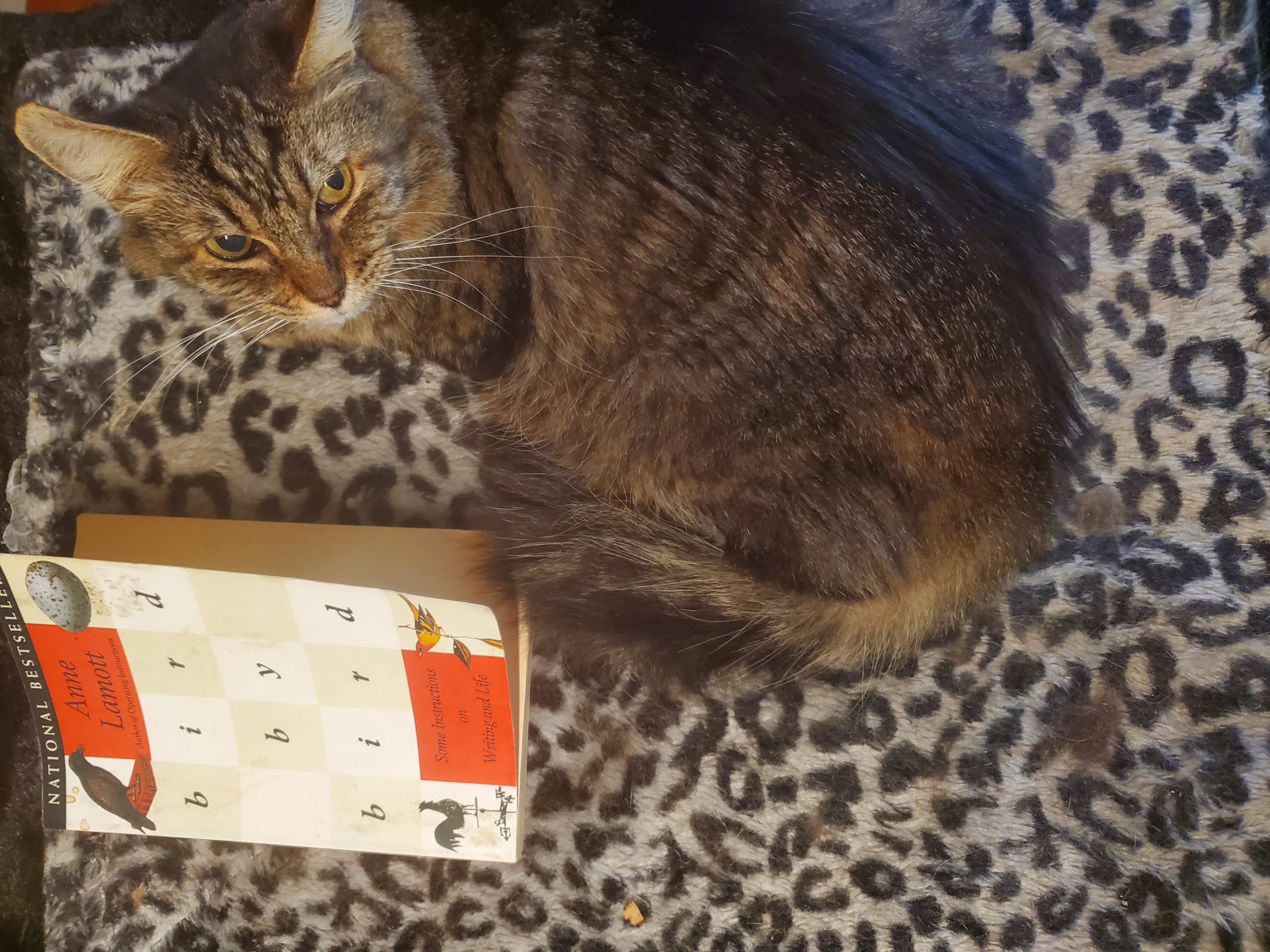
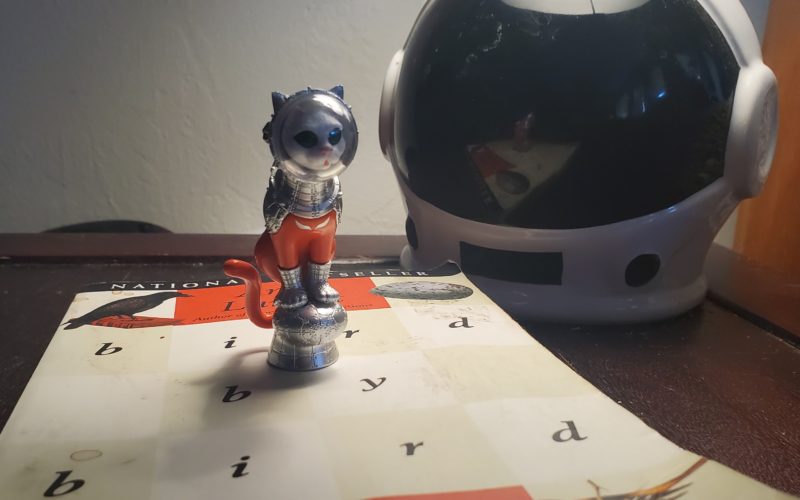
The Secret to Getting Your Short Stories Publish
Okay, maybe that's a bit of hyperbole, but not by much. In this stand alone episode we talk with Erik Klass, the entrepreneurial editor behind the submission service Submitit...